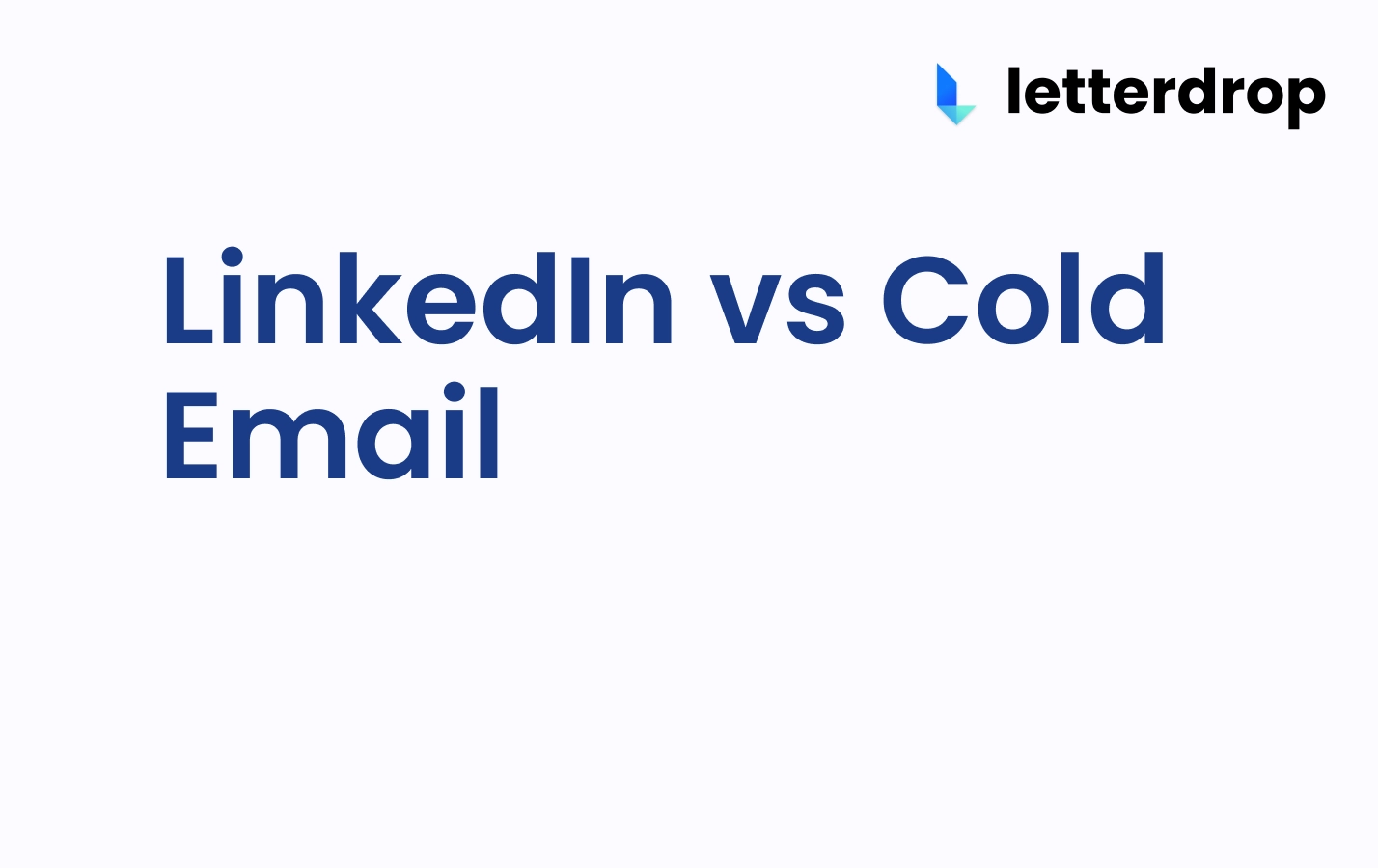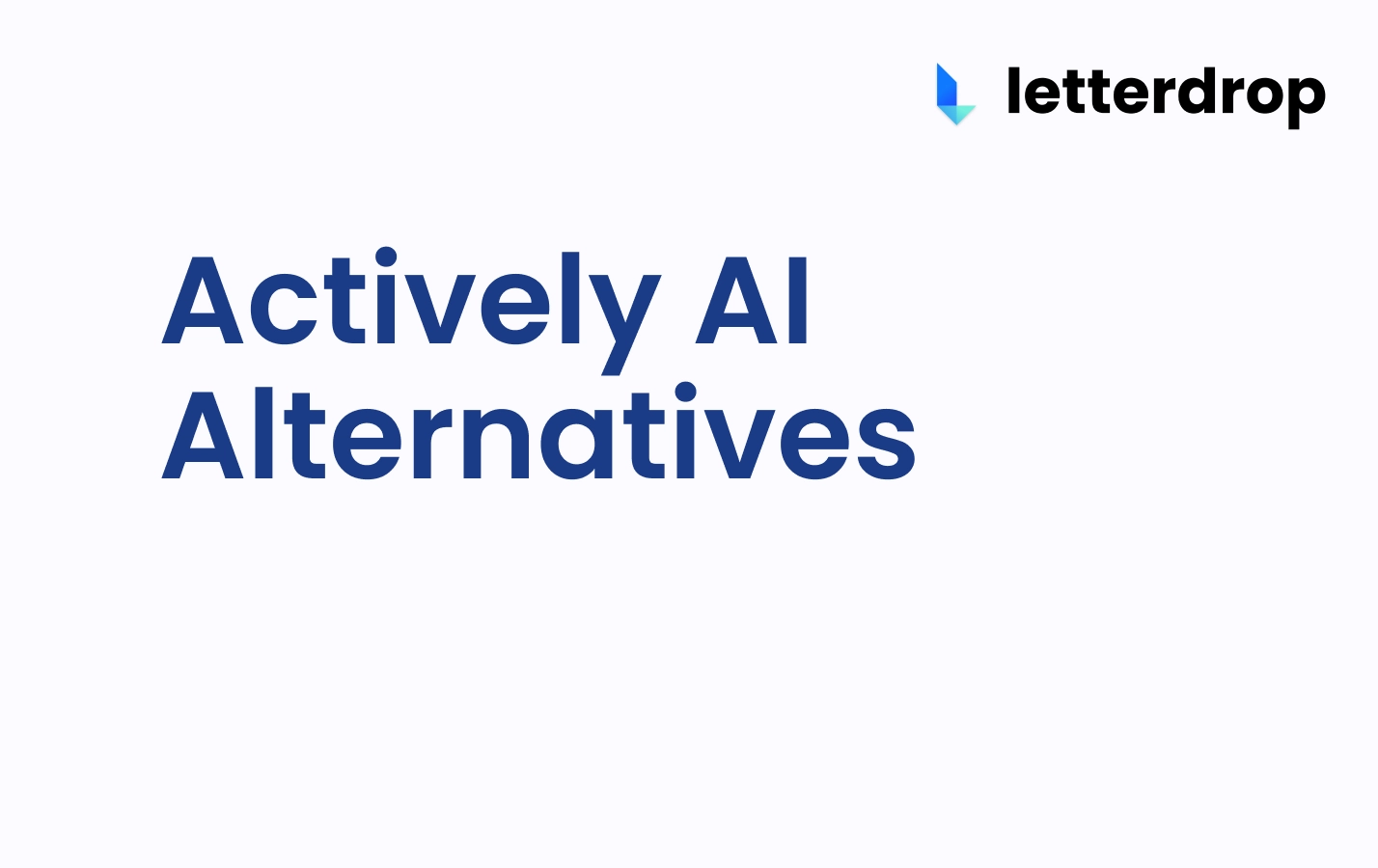5 Best Common Room Alternatives for 2025
Common Room takes in an impressive range of community and product-usage signals: Slack threads, Discord chats, GitHub issues, newsletter clicks, job changes, and more.
What it can’t natively shine a light on is contact-level signals from socials like LinkedIn, such as reactions and conversations happening.
If those private-network signals matter to your motion, you need a different toolset.
What Common Room Actually Gives You
- Wide signal coverage. More than 50 built-in connectors and the option to create custom “RoomieAI” agents: pull community chatter, support tickets, and product events into one dashboard.
- Workflow triggers, not outreach. You can spin up alerts, send segments to your CRM, or sync audiences to ad platforms, but drafting messages and launching sequences still happens elsewhere.
- Usage-based pricing and DIY overhead. The free tier is generous, but costs rise with contact volume, and someone on the team has to wire enrichment and outbound tools to convert those signals into meetings.
Great for community-led or PLG orgs that already have an outbound stack and mainly want more varied signal sources.
#1 Letterdrop: Turn High-Intent Social Signals into Booked Meetings
From signal to contact to outreach drafted for you, Letterdrop can complete your entire workflow in one place, surfacing up to 500 leads you miss every month.
| Feature | Letterdrop | Common Room |
|---|---|---|
| Person-level social data | Captures social activity via Google | Brand-level mentions only |
| Segmenting leads | LLM labels awareness stage (Unaware → Decision) and recommends next steps (connect, DM, nurture). | Manual tagging or basic rules; no buyer-stage classification. |
| Signal ➜ Outreach workflow | Auto-drafts context-rich copy and fires it into Apollo / Slack etc, no extra tooling. | Provides alerts/segments but leaves messaging + sends to external systems. |
| Workflow builder | Drag-and-drop Workflows based on any social trigger, enriched automatically. | Basic triggers; advanced flows require external automation. |
| Built-in enrichment | Auto-enriches contacts (firmographics, titles) before outreach. | Users must connect third-party enrichment. |
| Predictable pricing | Flat tiers with generous contact caps and unlimited keywords. | Usage-based pricing that scales with contact volume. |
#2 Commsor: Community Operating System
Commsor positions itself as a “community operating system” that pipes data in from Slack, Twitter/X, LinkedIn company pages, GitHub, Mailchimp, Discord, Zoom and more, stitches identities together, and lets teams nurture advocates or tap warm introductions inside their existing network.
But all enrichment and outreach is manual.
#3 6sense: Account-Level Intent at Scale
6sense specialises in reverse-IP and third-party web intent to flag accounts that are moving through a buying journey.
Key Features:
- Predictive account scoring based on web behaviour, technographics, and firmographics.
- Programmatic advertising and multi-channel orchestration triggered by intent stages.
- Account and contact enrichment pulled from a large B2B identity graph.
It's mainly for enterprise ABM teams that care most about “which accounts are heating up” and want advertising + analytics in one place
Where it lags: Data is account-centred; it doesn’t surface person-level social engagement, so reps still guess who inside the account is leaning in.
#4 Demandbase: Enterprise-Grade ABM & Advertising
Demandbase layers firmographic, technographic, and third-party intent data to run full-funnel account-based programmes.
Key Features:
- Deep account profiling with intent, technographics, and predictive fit scoring.
- Orchestrated display and LinkedIn* ad campaigns that update as intent shifts.
- Engagement dashboards tying campaign spend to pipeline impact.
It's great for marketing orgs that need heavyweight advertising, analytics, and governance under one roof.
Where it lags: Excellent for reaching accounts at scale, but provides limited visibility into the individual people reacting to your social content and no baked-in outreach automation.
*Advertising integrations use official APIs; you still won’t see granular contact-level social reactions.
#5 Unify: Product-Usage Signals for PLG Motions
Unify turns in-app behaviour into sales triggers.
Key Features:
- Pipes feature-usage milestones, trial events, and expansion indicators into your CRM.
- Scores product-qualified leads (PQLs) and routes them to sales or CS.
- Flexible alerting into Slack or Gong so reps can act fast on usage dips or spikes.
Good for PLG companies that rely on product data to time upsell, cross-sell, or conversion plays.
Where it lags: Strong for in-product context, weak for external social signals or automated outbound sequences.
Bottom Line
If you're okay not getting social signals, Common Room is super robust and is the tool for you.
If you want to focus on the workflow that comprehensively collects social leads and turns them into meetings by automating outbound in a timely manner, Letterdrop is for you.
Subscribe to newsletter
No-BS GTM strategies to build more pipeline in your inbox every week
Related Reading
Some other posts you might find helpful
















